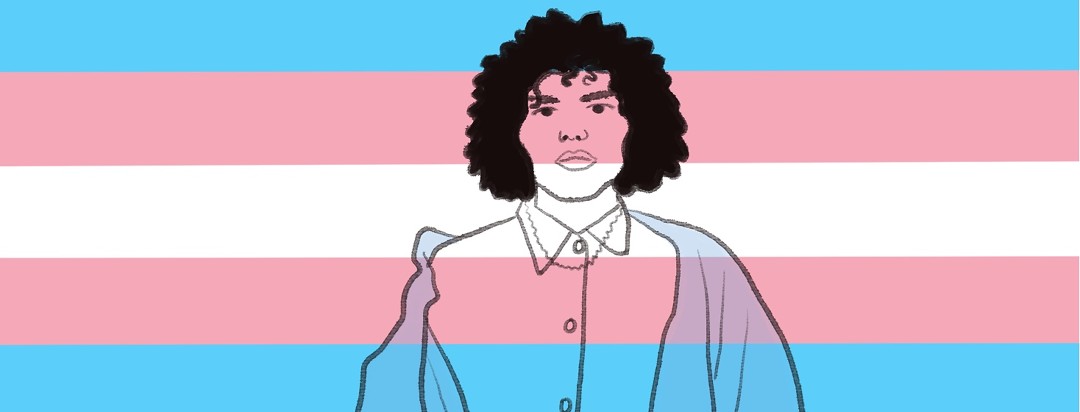Breast Cancer Risk in Transgender People
Transgender people, those who assume a gender identity and/or gender expression differs from their sex assigned at birth, typically, but not always, feel that they are men born into a female body or woman born into a male body. Approximately 1.4 million U.S. adults identify as transgender, and most medical providers agree that they are not well catered for by the medical profession in general and that trans people have unique primary health care and breast screening needs to be compared to cis‐gender patients (meaning those whose gender identity matches the sex they were assigned at birth).
Screening for transgender people
According to the American Cancer Society (ACS), “discrimination, patient unease, provider ignorance, and a highly gendered health care system are impeding cancer screening and risk assessment in the transgender population.” Around 70 percent are less likely to be screened for breast cancer. Also, according to ACS, “transgender women may be at risk of prostate cancer, whereas a transgender man still may be at risk of breast, ovarian, and cervical cancer.”
The complexity of hormone treatments for transgender people
When undergoing gender reassignment, very often hormone treatments are used to induce desired physical changes, and it is these treatments that mean trans people need to be aware that the present system of breast health by birth gender does not cater well to them, and specialist radiology services catering for them are not really a subset of the industry and are hard to find. According to Dr. Miriam David, Medical Director of Breast Imaging Services at Westchester Medical Center in Valhalla, New York:
"… screening guidelines for transgender patients are not evidence-based, which may discourage some radiologists from sharing service information more openly."
As well, since screening guidelines are focused on cisgender women, those who identify with their sex at birth, the trend for later screening may not suit the needs of patients taking hormones regularly. And transgender women who have been taking hormones for five to 10 years, should consider mammograms after age 50 years.
The Dutch study
A large Dutch study of 2,260 trans women and 1,229 trans men receiving gender-affirming hormone treatment, has found that transgender women (male sex assigned at birth, female gender identity) who use hormone treatment have an increased risk of breast cancer compared with the general male population, although it is still lower than the general female population.
Key findings
In the same study, it was shown that transgender men (female sex assigned at birth, male gender identity) had a lower risk compared with the general female population.
Because the absolute risk of breast cancer in transgender people is lower than the general female population, current breast cancer screening guidelines are adequate for transgender people who use hormone treatment.
Based on this study, the authors conclude that “the absolute overall risk of breast cancer in transgender people remains low and therefore it seems sufficient for transgender people using hormone treatment to follow screening guidelines as for cisgender people.”
Discrimination and stigma
The resulting later diagnosis of trans women and men, often due to fear of harassment and discrimination, can lead to a poorer prognosis. Trans people need to be welcomed at screening centers, and physicians must empower their patients to feel comfortable asking questions, raising concerns about invasive procedures, and being aware of the differences between trans and cisgender people.

Join the conversation